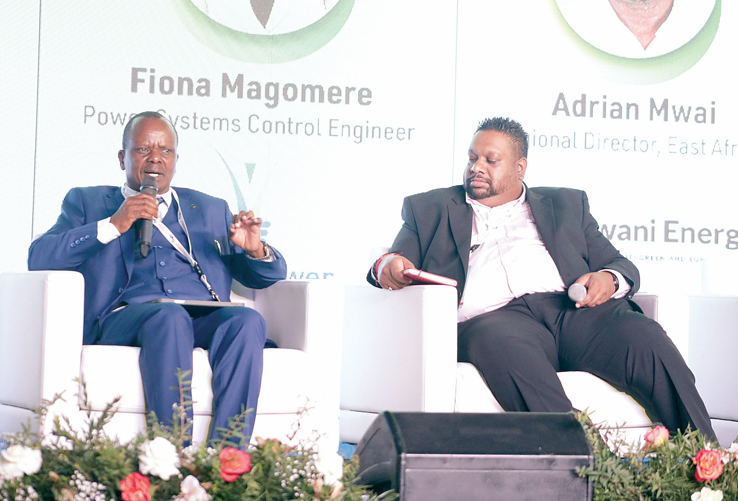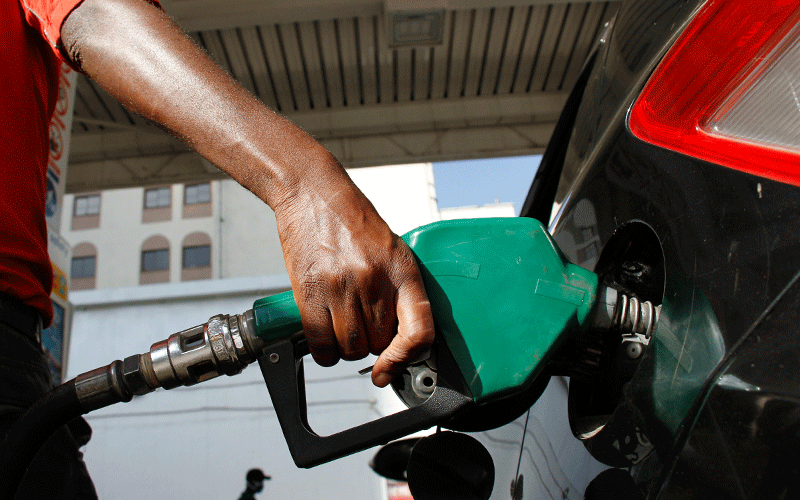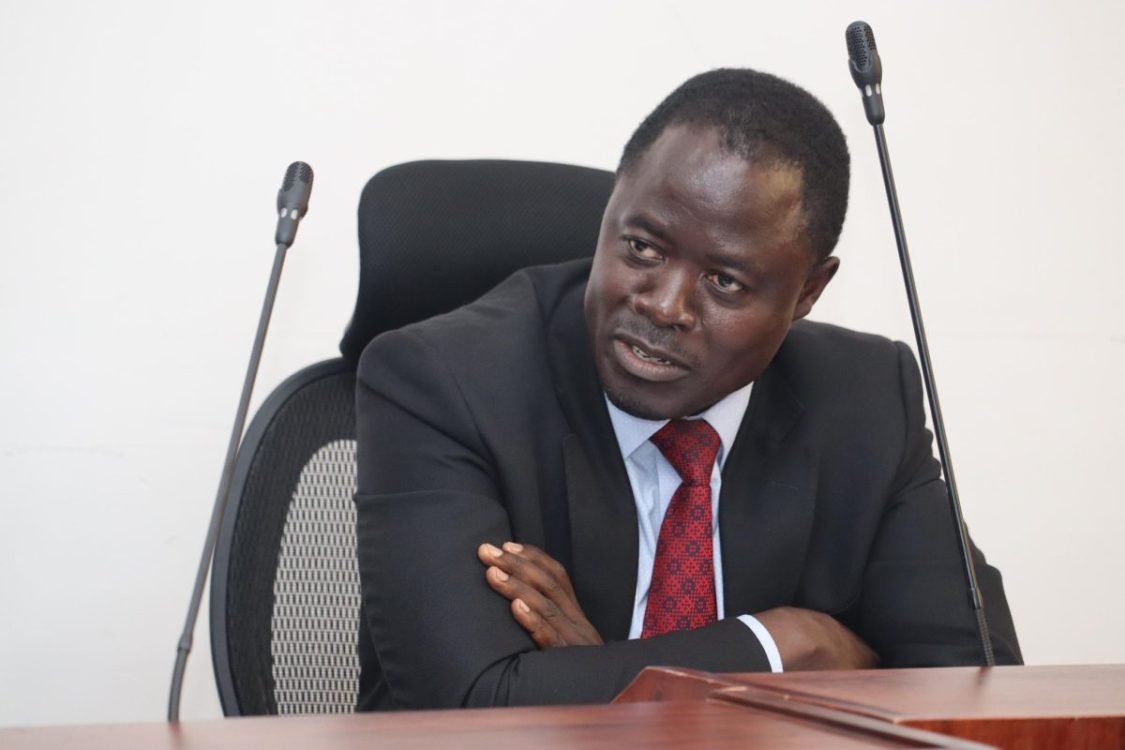EPRA boss pressed over fuel subsidy suspension

The fuel price stabilisation fund (FPSF) created to cushion Kenyans from high oil prices has amassed an estimated Sh25 billion, a parliamentary committee heard yesterday.
Despite the huge collection, the Gladys Wanga led departmental committee on Finance and National planning was told only Sh8.6 billion was disbursed to stabilise prices between July and August 2021.
This led to questions why there was steep increase in the commodity’s prices in September, despite availability of the funds.
In May and August, the numbers in terms of how much has been applied in terms of stabilisation is a total cumulative of Sh8,674,683,458,62, according to Energy, Petroleum and Regulatory Authority (EPRA) director General Daniel Kiptoo.
“This is in the pricing cycle of April 15 to may 14; May 15 to June 14; June 15 to July 14; July 15 to August 14; August 15 to September 15,” he said.
When asked by Wanga if he knew why the subsidy had been suspended, Kiptoo said the authority was not in a position to answer the question deflecting it to Ministry of Energy and Petroleum as well as the National Treasury officials, who are expected to give the answers in today’s session with the committee.
Excise duty
The scrapping of subsidies in September 2021 increased the price of petrol and diesel by a minimum of Sh7, and kerosene by Sh12 per litre, drawing displeasure from consumers, cognisant of the fact that costs are set to rise further from October with almost five per cent rise in excise duty.
Fuel also has a significant impact on transport costs when weighing the basket of goods used to measure inflation, with the cost of basic foodstuffs like onions, cabbages, oranges tomatoes surging during the month.
In August last year, the government increased petroleum development levy (PDL) from 40 cents per litre to Sh5.4 to create the subsidy fund, with the National Treasury allocating Sh1.4 billion for the funds operations in June this year.
The government expects to raise Sh30 billion through the levy, though sector analysts have predicted it could be much higher, considering that other products like Jet fuel will attract a similar levy.
The PDL was put in place to develop Kenya’s petroleum infrastructure including constructing strategic stocks and storage facilities to hold fuel for three months instead of the current seven days.
According to Kiptoo, EPRA collected Sh1 billion from PDL in the financial year 2020/21, and is anticipating collecting Sh1.2 billion this financial year.
In addition to setting up the subsidy fund, Kiptoo said a second Oil Terminal jetty at Kipevu will be completed by December this year, saving the government an estimated $12 million (Sh1.3 billion) in demurrage cost.
He said delay in discharging the commodity to Kenya Pipeline Company tankers within the contracted date range meant the consumer had to pay the shipping liners Sh0.35 per litre of Super, Sh0.35 for a litre of diesel and Sh0.19 for Kerosene.
Financial year
“On average in the last financial year, the cost of demurrage to the consumer was about $12 million,” he said, adding that the second oil jetty at Kipevu due for completion in December this year will reduce or eliminate demurrage charges altogether.
Kenyans pay the most taxes and levies on petrol, diesel and kerosene in the region, with a litre of Super attracting 46.68 per cent of taxes, diesel is 42.24 per cent while to that of kerosene is 40.42 per cent compared to Uganda 34.11 per cent and Tanzania 38.82 per cent.
The committee was meeting EPRA and Kenya Pipeline Company to consider petitions regarding the rise in prices of petroleum and petroleum products.














